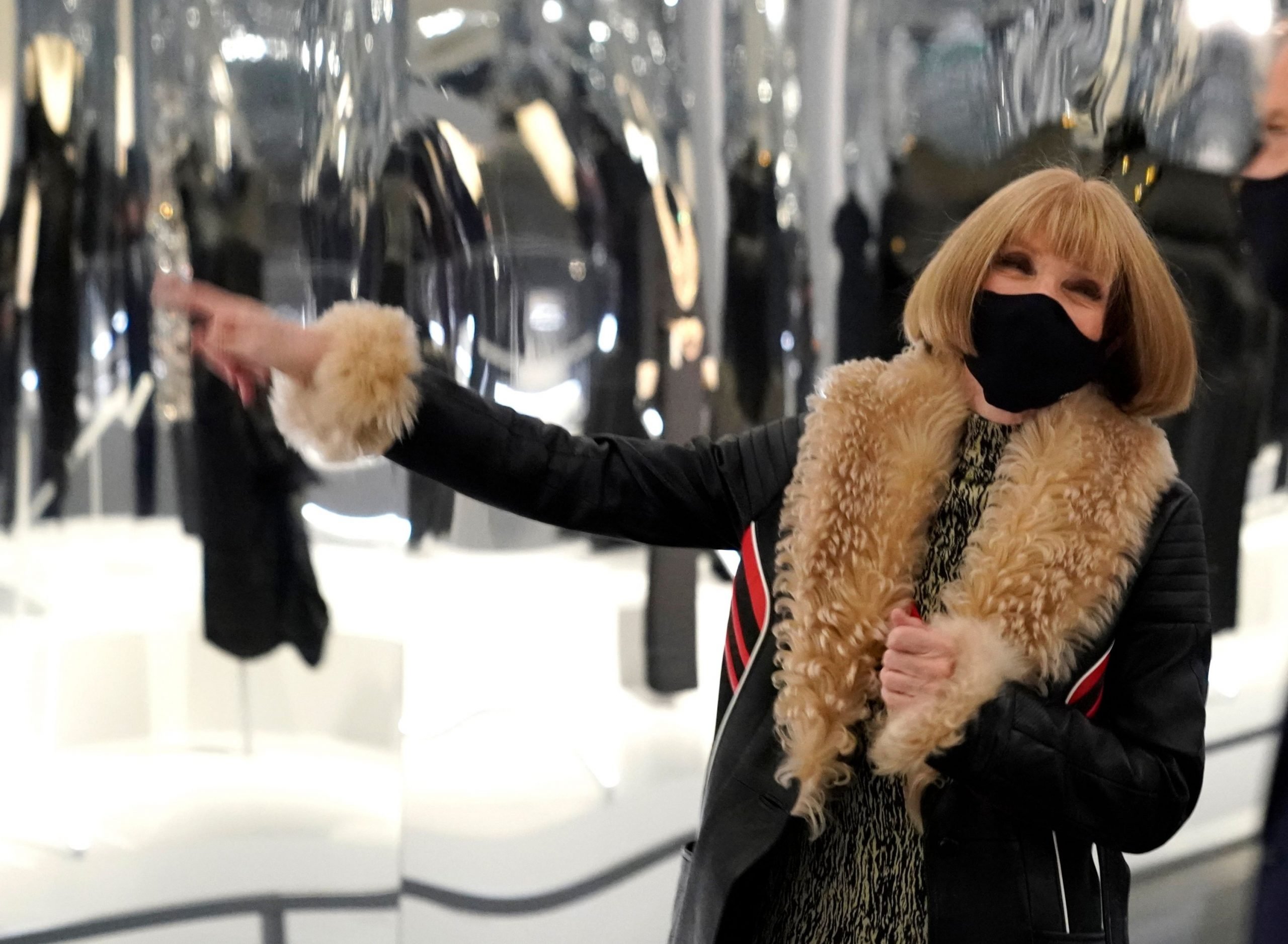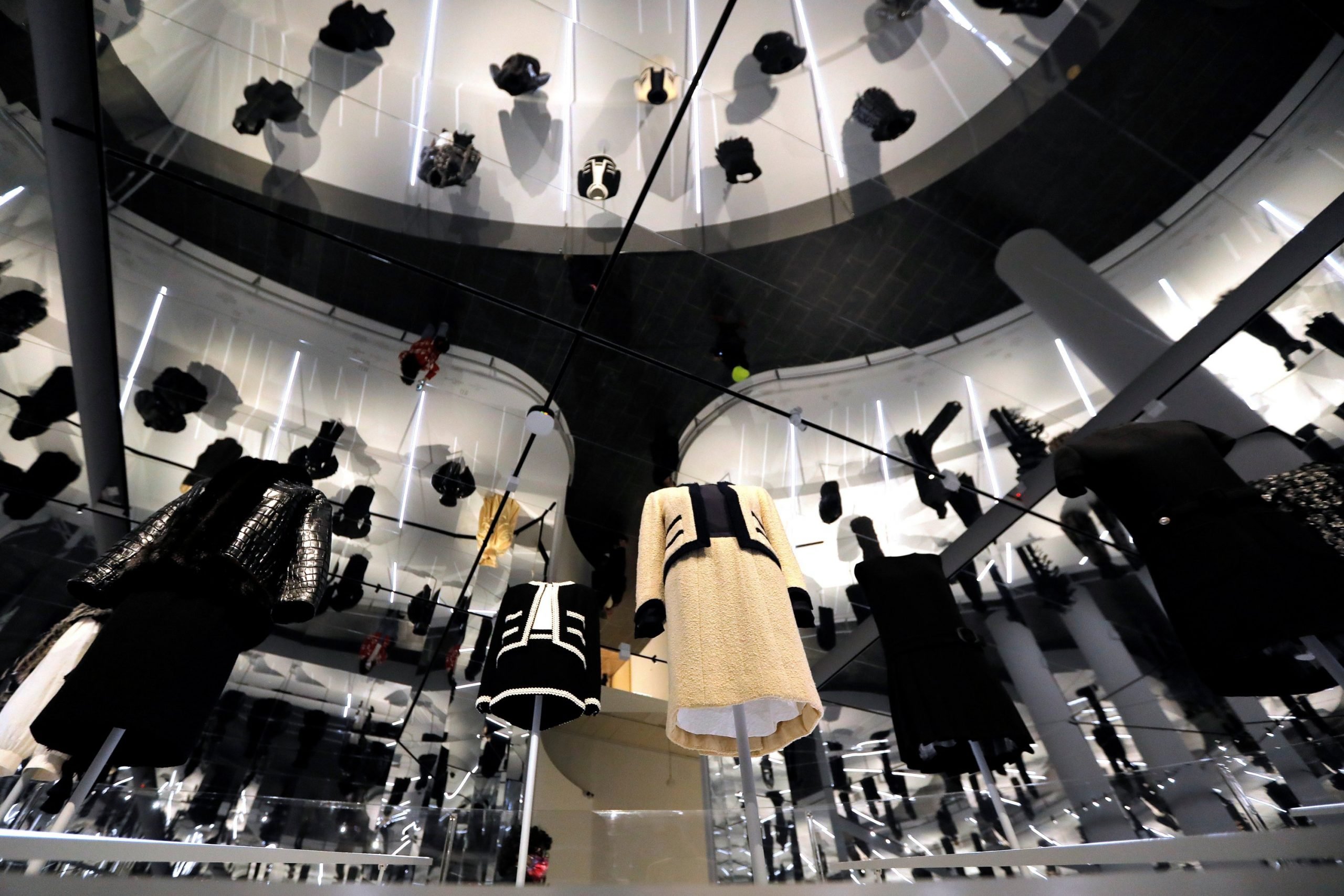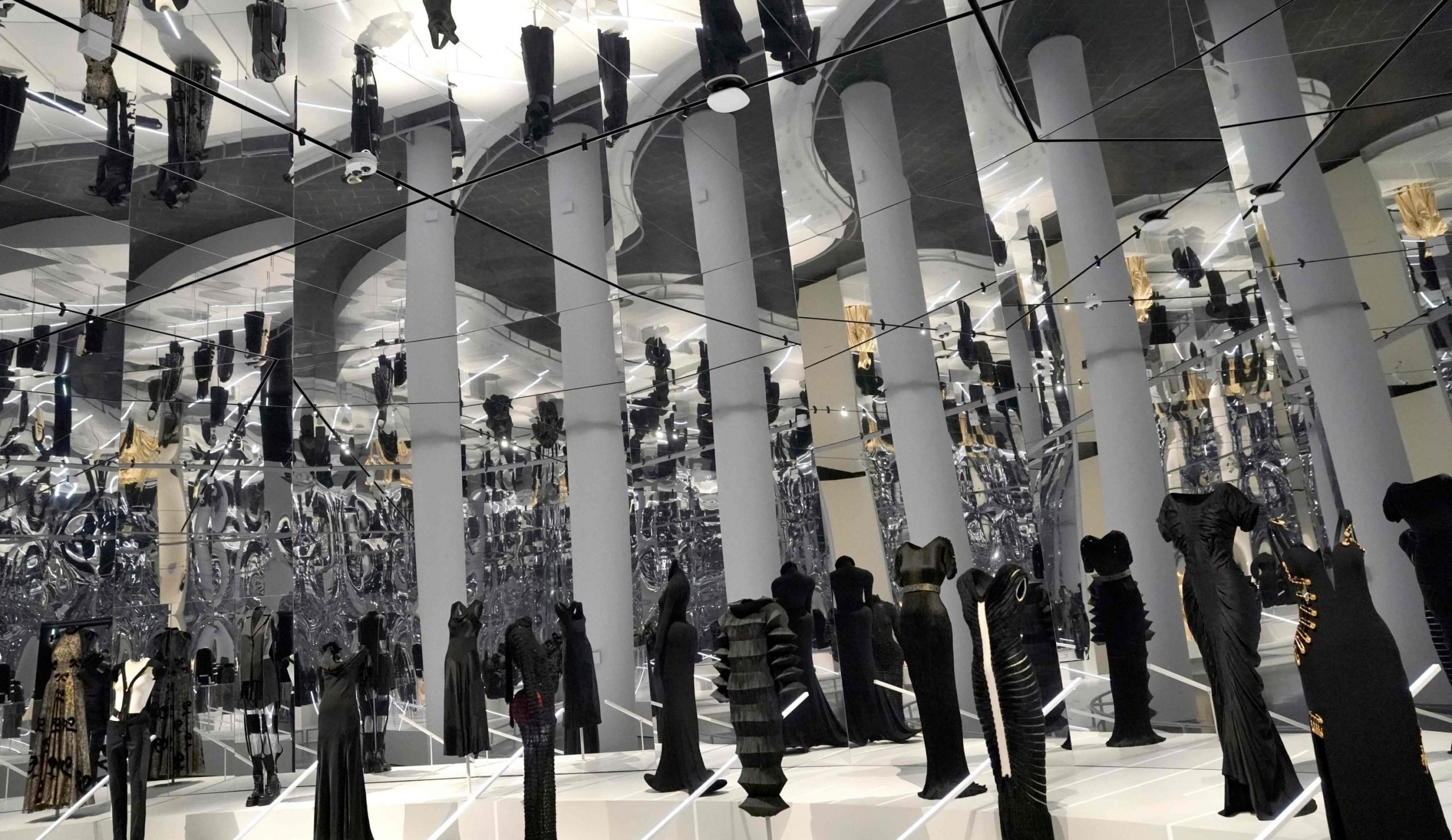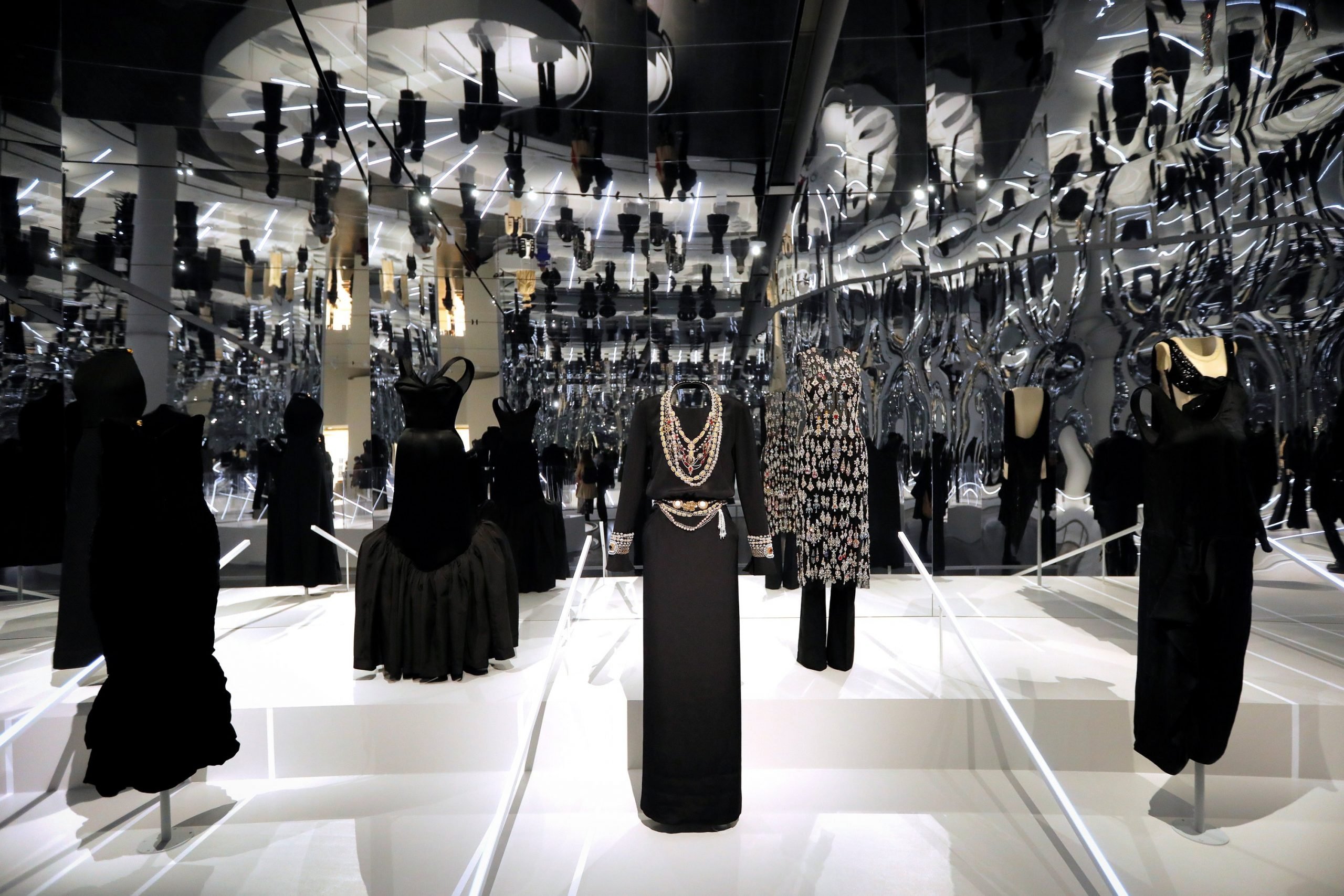Whether by repetition, rupture or reinvention, fashion has always maintained a complex relationship to time, a link New York’s Metropolitan Museum of Art is exploring in a new exhibition opening Thursday.
The show, delayed for months by the pandemic, was also tweaked last minute to take into account the Black Lives Matter movement that galvanized the nation this summer.
Normally, the city’s social event of the year, 2020’s Met Gala organized by Vogue Editor-In-Chief Anna Wintour – which usually opens the costume exhibit – was canceled, like every major indoor gathering since mid-March.

To fete the 150th anniversary of the Met, Andrew Bolton, head curator of the Costume Institute, aimed to highlight the museum’s own collection that includes 33,000 pieces of clothing and accessories.
“When I began working on the show, it started off as this sort of meditation on fashion and temporality,” he told a press preview of the exhibit titled “About Time,” which will run until Feb. 7.
But Bolton didn’t want to focus on chronology, instead, presenting concepts in pairs – two pieces, two parallel time periods with similar aesthetics, for a 124-piece show featuring a single gown to close.
“By having past and present coexist together, it sort of takes you outside of the confine of chronology and makes you think about time very differently,” Bolton said.
For Max Hollein, the Met’s director, “fashion captures, like very few other art forms, a time and a spirit – and projects it forward.”
Fashion revisiting itself

Elements common in 1870s-era wardrobes are seen again in the work of modern designers considered particularly innovative, including Alexander McQueen, Yohji Yamamoto and John Galliano.
Certain cuts, buttons, sequins, embroidery or lacing – formerly signs of opulence and particular social status – are now tools of novelty with purely aesthetic significance.
“Fashion is always for the movement, always about this succession of time and notions of novelty and ephemerality and sometimes obsolescence and that’s one aspect of time,” Bolton said.
“But at the same time fashion looks back on itself often.”
With shorter skirts and dresses and cuts that flow rather than restrict, modern designers give a contemporary edge to older pieces, like the iconic Chanel jacket.
A mini-skirt pairing gives the piece a facelift, thanks to the innovation of Karl Lagerfeld, a master of reinterpretation.
Today’s designers play with a far wider spectrum of materials than were available to their predecessors, thanks to technological progress and the evolution of use and taste.
Raf Simons embellishes a 2013 black strapless bustier dress with the satin flowers of Hubert de Givenchy (1957) – but in leather, a material only in recent decades popular with womenswear.
And sometimes older styles stand the test of time: Yves Saint Laurent’s tuxedo for women, for example, or his belted mini-dress of 1966.
New commitment to diversity

Forced to postpone the show six months, Bolton decided to modify it in light of the enormous anti-racism protests that followed the police killing of George Floyd in May.
The original version, he said, included “some designers of color … but not a huge amount.”
Bolton said he and Wintour worked together closely to make the tweaks.
Vogue’s doyenne has faced accusations since June from some collaborators – and recently in a lengthy article in The New York Times – of long favoring fashion created by and for white people, and sidelining people of color at Conde Nast.
Wintour, 70, attended the press preview of the exhibit but didn’t say a word.
“Undoubtedly, I have made mistakes along the way, and if any mistakes were made at Vogue under my watch, they are mine to own and remedy and I am committed to doing the work,” one of fashion’s most powerful figures told the Times recently.
Changes at the exhibit include a contribution from black American pioneering designer Stephen Burrows, next to a Xuly.Bet dress from the Franco-Malian designer Lamine Kouyate.
Bolton vowed the initiative would not be short-lived, saying all exhibitions will now include diversity efforts.
Last Updated on Oct 29, 2020 12:34 pm










Discussion about this post